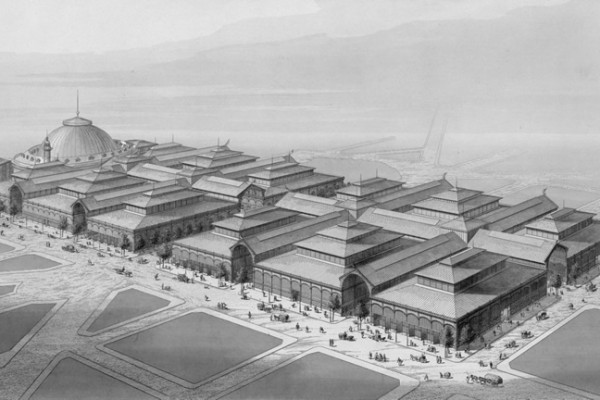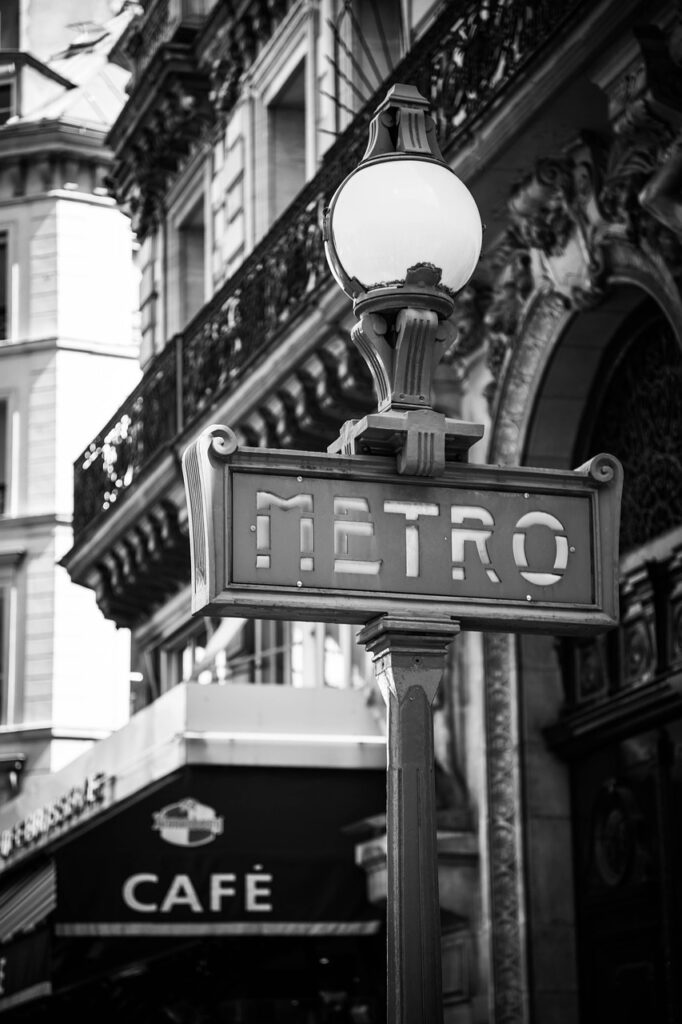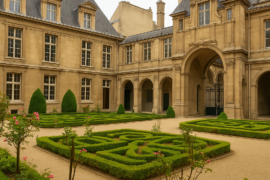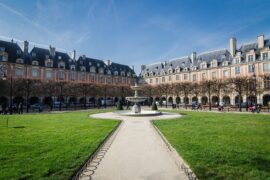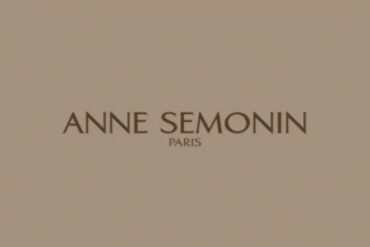What Are Les Halles in Paris?
Les Halles in Paris are much more than just a shopping center; they represent a true crossroads of Parisian life, where history, architecture, commerce, and culture all come together. Located in the very heart of the French capital, Les Halles attract millions of visitors every year who come to discover this iconic place. Once known as the “Belly of Paris,” this site has managed to reinvent itself over the centuries to become a must-visit destination.
To understand the importance of Les Halles, it is essential to know their role in the urban fabric of Paris. They are not only a key hub for commerce but also a space for encounters and cultural exchanges. Whether you are a tourist or a Parisian, Les Halles offer a unique experience that reflects the diversity and dynamism of the city.
Visiting Les Halles reveals a place where past and present harmoniously coexist. This area, rich in history and activity, allows visitors to enjoy an authentic Parisian experience, combining shopping, gastronomy, and architectural discoveries. Whether you want to relax, shop, or explore, Les Halles cater to every desire.
History of Les Halles: From Origins to Today
The origins of Les Halles date back to the 12th century, when Louis VI, known as Louis the Fat, decided to create a central market for Paris. This space quickly became the city’s commercial heart, attracting merchants and customers from all over the region. For centuries, Les Halles was the capital’s main marketplace, a bustling hive where butchers, greengrocers, fishmongers, and other traders gathered.
In the 19th century, architect Victor Baltard was tasked with modernizing Les Halles. He designed the famous Baltard pavilions, built of iron and glass, which became symbols of the industrial architecture of the era. These structures soon gained worldwide recognition. However, with the city’s rapid urbanization and new logistical demands, the market was relocated to Rungis in 1969, marking the end of an era.
Today, Les Halles have successfully reinvented themselves. In 2016, a major renovation project gave rise to La Canopée, a modern and luminous structure that houses a shopping center, cultural spaces, and public facilities. This renewal breathed new life into this historic area, while respecting its heritage and adapting to contemporary needs.
The Architecture of Les Halles: A Heritage to Discover
The architecture of Les Halles is a fascinating blend of styles and eras, reflecting the evolution of Paris over the centuries. The Baltard pavilions, though demolished, left an indelible mark on the collective imagination. Today, La Canopée has taken their place, offering a bold and contemporary structure that blends seamlessly into the urban landscape.
With its undulating glass-and-metal roof, La Canopée symbolizes modernity and architectural innovation. Spanning 35,000 square meters, it houses retail, cultural, and leisure spaces. Designed to maximize natural light, this construction creates a warm and welcoming atmosphere for visitors.
Beyond La Canopée, Les Halles is also home to several historic buildings, such as Saint-Eustache Church and the Fontaine des Innocents. These monuments, witnesses of Les Halles’ glorious past, provide enriching cultural stops for those who wish to explore Parisian architecture. Walking through the area reveals a rich and varied heritage, a reflection of Paris’s history.
Les Halles: A Bustling Shopping Center
Today, Les Halles is one of the most visited shopping centers in Paris. With more than 150 shops, the Forum des Halles offers a wide range of stores, from major international chains to local brands. This shopping hub is a true paradise for fashion and lifestyle enthusiasts, featuring clothing, accessories, electronics, and more.
Beyond shopping, Les Halles also offers a diverse culinary experience. Visitors can enjoy traditional French dishes in its many restaurants and cafés, or explore cuisines from around the world. This culinary variety makes Les Halles a favorite destination for food lovers, where everyone can find something to please their palate.
The shopping center also offers leisure activities for all ages. The Pathé Les Halles cinema complex, one of the largest in Paris, presents a rich and varied program for movie fans. In addition, cultural and artistic events are regularly held, making Les Halles a lively and dynamic venue.
Markets and Must-Visit Shops at Les Halles
Les Halles is also renowned for its unique markets and shops that attract both locals and tourists. Among the must-sees, the Marché des Enfants Rouges, located nearby, is the oldest covered market in Paris. Here you’ll find a wide selection of fresh produce, from organic fruits and vegetables to international culinary specialties.
When it comes to shopping, Les Halles does not disappoint. It features iconic brands such as Zara, H&M, and Sephora, as well as more specialized stores offering artisanal or niche products. Many of these boutiques, often run by passionate owners, provide unique and original items—perfect for souvenirs or gifts.
For book and culture lovers, the FNAC bookstore at Les Halles is a must-visit. With its wide selection of books, music, and electronics, it delights curious minds and collectors alike. Whether you are looking for the latest novels, music albums, or tech gadgets, Les Halles offers a wide array of choices for all tastes.
Les Halles: A Meeting Place and Cultural Hub
Les Halles is not just a shopping center; it is also a meeting place and cultural hub. The district, with its diversity and vibrancy, attracts people from all walks of life, creating a lively and cosmopolitan atmosphere. It is a space where friends, families, and even strangers can connect.
Among the emblematic cultural venues near Les Halles, the Centre Pompidou is a must. Located just steps away from the Forum, this modern and contemporary art museum hosts world-renowned exhibitions. Art lovers can discover works by masters such as Picasso, Matisse, and Kandinsky.
Les Halles is also home to several theaters and performance venues, offering a varied program ranging from contemporary plays to classical music concerts. These cultural institutions add to the vibrancy of the neighborhood, captivating and inspiring visitors.
Activities and Events Around Les Halles
Les Halles hosts numerous activities and events throughout the year. Whether you are passionate about music, art, or gastronomy, there is always something to discover in this lively district. Many festivals and cultural celebrations take place here, attracting a diverse and enthusiastic audience.
Among the highlights, Nuit Blanche is especially popular. This nighttime arts festival transforms the streets of Paris into an open-air museum, with installations and performances that captivate passersby. With its unique atmosphere, Les Halles plays an active role in this celebration of art and culture.
For those who prefer outdoor activities, the neighborhood also offers plenty of options. Local gardens are perfect for a relaxing stroll or a picnic with friends. With their green spaces and playgrounds, they provide a peaceful haven in the middle of the city’s bustle.
Getting to Les Halles: Transport and Accessibility
Getting to Les Halles is easy thanks to its central location and excellent transport links. The district is served by several metro lines, including Châtelet–Les Halles station, one of the largest and busiest in Paris. This hub connects multiple metro and RER lines, making it easy to travel to and from Les Halles.
For those who prefer above-ground transport, several bus lines also serve Les Halles, offering a convenient way to explore the neighborhood and its surroundings. The district is also highly walkable and bike-friendly, with many pedestrian areas and cycle paths that make getting around enjoyable.
Finally, for visitors arriving by car, several underground parking lots are available near Les Halles, although public transport is generally recommended to avoid traffic and fully enjoy the Parisian experience. Whichever mode of transport you choose, Les Halles is easily accessible, allowing everyone to discover this vibrant district without hassle.
Les Halles Through the Seasons: A Unique Experience
Les Halles offer a unique experience that changes with the seasons, each bringing its own charm and activities. In spring, the gardens bloom with colorful flowers, creating an enchanting setting for a walk or an outdoor lunch on a terrace. The mild temperatures invite leisurely strolls through the streets, uncovering the hidden treasures of the neighborhood.
In summer, the atmosphere at Les Halles is particularly festive. Long, sunny days allow visitors to make the most of terraces and open-air events. Concerts and festivals multiply, drawing lively and curious crowds ready to celebrate the summer season.
Autumn brings a calmer atmosphere, with its warm colors and crisp days. It’s the perfect time to explore museums and art galleries, or to enjoy a hot chocolate in one of the neighborhood’s many cafés. Finally, in winter, Les Halles transform into a true fairytale, with glowing holiday decorations and Christmas markets, offering a magical and unforgettable experience.
Conclusion: Why Visit Les Halles in Paris?
Visiting Les Halles in Paris means diving into the history, culture, and modernity of the capital. This emblematic district, with its rich past and contemporary vitality, offers an unparalleled experience for both Parisians and visitors. Whether you are passionate about architecture, a shopping enthusiast, or simply curious to discover new cultures, Les Halles have something for everyone.
Walking through the streets of Les Halles reveals a place where past and present, tradition and innovation, seamlessly come together. It is a lively, dynamic space where every visitor can create their own memories and experiences. With its diversity and energy, Les Halles are an invitation to explore and be amazed.
We encourage you to visit Les Halles during your next stay in Paris. Immerse yourself in the district’s unique atmosphere, discover its hidden treasures, and let yourself be charmed by its timeless appeal. Whether you are seeking cultural discoveries, culinary delights, or moments of relaxation, Les Halles will surely captivate and enchant you.

